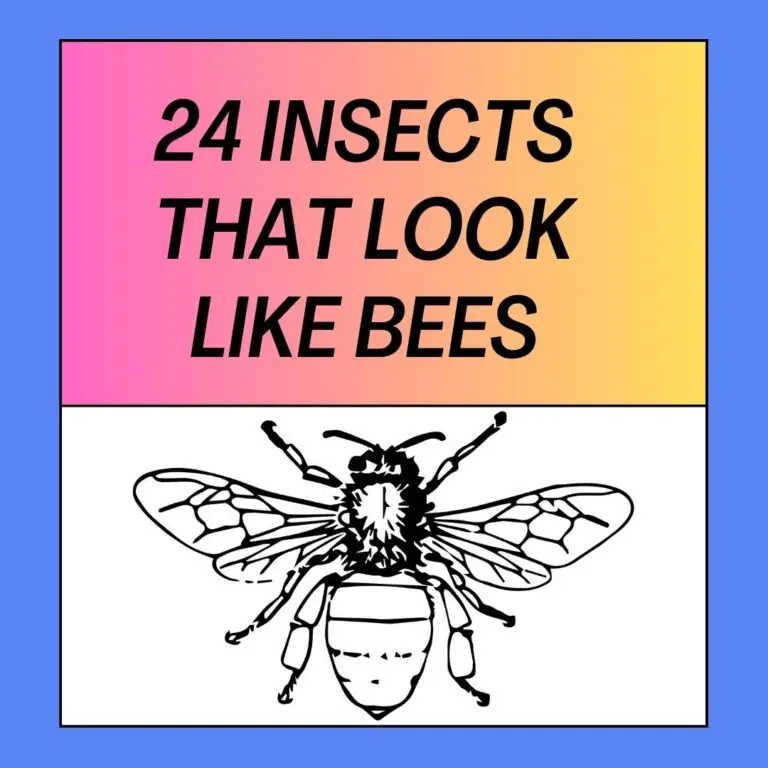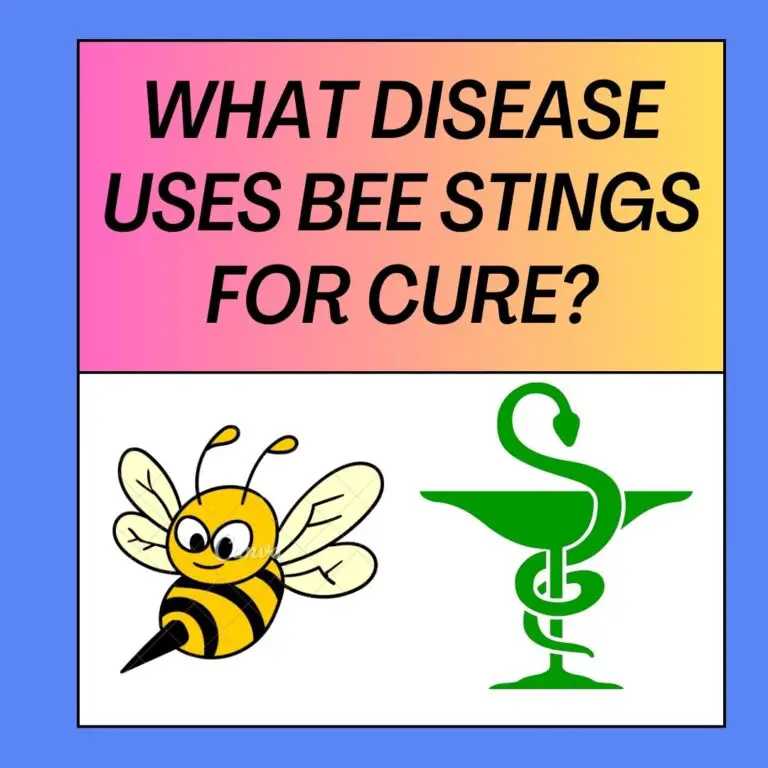
Bees are fascinating creatures that play a vital role in our ecosystem. They are known for their intricate hives, remarkable pollination abilities, and, of course, their production of honey. Yet, when it comes to classifying bees, there can be some confusion. Are they insects? Are they bugs? Or perhaps something else altogether? In this comprehensive article, we will explore the classification of bees and delve into their biology, behavior, and significance in our world.
The World of Bees: A Classification Conundrum
Before we dive into the specifics of bee classification, let’s establish some foundational knowledge. Bees are members of the animal kingdom, but within this vast kingdom, they belong to the subphylum Hexapoda, which includes six-legged arthropods. Arthropods constitute the largest phylum within the animal kingdom and encompass a diverse array of creatures, including insects, arachnids (such as spiders and scorpions), and crustaceans (like crabs and lobsters).
Bees as Insects: The Six-Legged Wonders
To unequivocally answer the question, “Are bees insects?” – yes, bees are indeed insects. Insects are a class of arthropods characterized by six legs, a three-part body (head, thorax, and abdomen), a pair of antennae, and typically, a pair of wings. Bees perfectly fit this description, and they belong to the order Hymenoptera within the class Insecta.
Here are some key characteristics that firmly place bees in the insect category:
- Six Legs: As mentioned earlier, insects are known for their six legs. Bees have three pairs of jointed legs, allowing them to move efficiently on land.
- Three-Part Body: Insects possess a body divided into three distinct segments: the head, thorax, and abdomen. Bees exhibit this tripartite body plan.
- Antennae: Insects typically have a pair of antennae on their heads, which play a crucial role in sensing their environment. Bees sport these sensory appendages.
- Exoskeleton: Insects are characterized by an exoskeleton, a rigid outer covering that provides protection and support. The bees’ exoskeleton is made of a tough, chitinous material.
- Metamorphosis: Most insects undergo metamorphosis, transitioning through different life stages, such as egg, larva, pupa, and adult. Bees follow this metamorphic pattern as well, with the familiar stages of egg, larva, pupa, and adult bee.
- Wings: Many insects have wings, and bees are no exception. The presence of two pairs of wings distinguishes bees from some other insects.
- Mouthparts: Insects often have specialized mouthparts suited to their feeding habits. Bees possess mouthparts adapted for sipping nectar and collecting pollen.
The Buzz on Bugs: Are Bees Considered Bugs?
The term “bug” is a colloquial and often imprecise way of referring to various small, crawling or flying creatures. While it’s common for people to use “bug” to describe any tiny critter, especially when they encounter insects in their homes, entomologists have a more specific definition for what constitutes a true bug.
In entomology, “bugs” belong to the order Hemiptera, which is characterized by certain distinctive features. These features include piercing-sucking mouthparts, wings that are either fully membranous or half membranous and half leathery, and a particular arrangement of the rostrum (a specialized mouthpart used for feeding). Notable members of the true bug order Hemiptera include aphids, cicadas, and stink bugs.
Since bees don’t possess the characteristic mouthparts and wing structure of true bugs, they are not classified as bugs in the entomological sense. Bees are insects, but they are not bugs.
The Animal Connection: Bees as Animals
In the grand scheme of taxonomy, all living organisms, including bees, fall under the kingdom Animalia. This kingdom encompasses a vast array of multicellular, eukaryotic organisms characterized by their ability to move (at least during some stage of their life cycle), heterotrophic nutrition (they obtain energy by consuming other organisms or organic matter), and lack of cell walls (unlike plants and fungi).
Here are some reasons why bees are unequivocally considered animals:
- Multicellularity: Bees are composed of multiple cells, organized into tissues, organs, and systems, which is a defining characteristic of animals.
- Eukaryotic Cells: Bees, like all animals, have eukaryotic cells, meaning their cells have a true nucleus and membrane-bound organelles.
- Heterotrophic Nutrition: Bees are heterotrophic organisms, relying on nectar and pollen as their primary sources of nutrition.
- Lack of Cell Walls: Unlike plants and fungi, which have rigid cell walls, animal cells, including those of bees, lack cell walls.
So, Are Bees Animals? Bees are indeed animals. However, it’s important to note that “animal” is a broad classification that encompasses many life forms, from microscopic invertebrates to large mammals. Bees fall within the animal kingdom but belong to the more specific category of insects.
Beyond Classification: The Extraordinary World of Bees
While understanding the classification of bees provides valuable insights into their biological relationships, it barely scratches the surface of their remarkable world. Bees are not merely insects or animals; they are intricate, highly social, and ecologically crucial organisms. Here are some intriguing aspects of bees that transcend their classification:
- Complex Societies: Honey bees, in particular, exhibit one of the most sophisticated social structures among insects. Their colonies consist of a queen, worker bees, and drones, each with specific roles and responsibilities.
- Extraordinary Navigation: Bees are renowned for their exceptional navigational abilities. They use a combination of visual cues, polarized light, and the Earth’s magnetic field to navigate vast distances while foraging for nectar and pollen.
- Vital Pollinators: Bees are indispensable pollinators in ecosystems worldwide. They play a pivotal role in the pollination of many fruits, vegetables, and flowering plants, contributing to global food security.
- Hive Engineering: The construction of intricate hexagonal wax combs within beehives showcases bees’ engineering prowess. These combs serve as storage for honey, pollen, and brood chambers.
- Waggle Dance: Honey bees communicate the location of food sources to their nestmates through a complex dance known as the “waggle dance.” This dance conveys information about the direction, distance, and quality of forage sites.
Is A Bee An Invertebrate? Do bees have a backbone?
Yes, bees are classified as invertebrates. Invertebrates are animals that do not have a backbone or a vertebral column. Bees belong to the phylum Arthropoda, which is a diverse group of invertebrates characterized by jointed legs, a hard exoskeleton, and a segmented body.
Bees, like other insects, have a hard exoskeleton made of chitin, a segmented body consisting of a head, thorax, and abdomen, and six jointed legs. They lack a vertebral column, which is a defining characteristic of vertebrates like mammals, birds, reptiles, amphibians, and fish. So, bees are indeed invertebrates.
Related FAQ’S
- Is a bee an insect?
- Yes, bees are indeed insects. They share many characteristics with other insects, such as having six legs, a segmented body, and two pairs of wings.
- Is a bee a bug, fly, or wasp?
- Bees are not bugs in the common sense. “Bug” is often used informally to refer to any small insect, but in entomology, it specifically refers to insects in the order Hemiptera, which includes creatures like stink bugs and water bugs.
- Bees are not flies either. Flies belong to the order Diptera, which is characterized by having only one pair of wings.
- Bees are closely related to wasps. Bees belong to the superfamily Apoidea, which is a subset of the Hymenoptera order. Wasps also belong to the Hymenoptera order. In a sense, you could say that bees are a specialized group of wasps that have evolved to feed on pollen and nectar.
- Are bees invertebrates?
- Yes, bees are invertebrates because they lack a vertebral column or backbone. They belong to the phylum Arthropoda, which includes a vast array of invertebrate animals with exoskeletons and jointed legs.
- Is a bee an animal?
- Yes, bees are animals. They belong to the kingdom Animalia, which encompasses all animals, both vertebrates and invertebrates.
- Are bees mammals?
- No, bees are not mammals. Mammals are a distinct class of animals characterized by features like being warm-blooded, having mammary glands (females produce milk to feed their young), and typically giving birth to live offspring. Bees do not share these characteristics; they are cold-blooded invertebrates that lay eggs.
- Is a bee an animal?
- Yes, a bee is an animal. Bees belong to the animal kingdom (Animalia).
- Are bees also mammals?
- No, bees are not mammals. Bees are insects, while mammals are a completely different class of animals within the animal kingdom. Mammals are characterized by being warm-blooded, having mammary glands (females produce milk to feed their young), and typically giving birth to live offspring. Bees, on the other hand, are cold-blooded insects that lay eggs.
- What Makes A Bee An Insect?
- Several characteristics define bees as insects:
- Bees have six jointed legs.
- They possess a three-part body consisting of a head, thorax, and abdomen.
- Bees have a pair of antennae on their heads.
- They typically have two pairs of wings.
- Bees, like other insects, undergo metamorphosis, transitioning through stages like egg, larva, pupa, and adult.
- Several characteristics define bees as insects:
- Why is a bee not a bug?
- The term “bug” is often used colloquially to refer to any small insect, but in entomology (the scientific study of insects), it has a more specific meaning. In entomology, a “bug” belongs to the order Hemiptera, which includes insects like stink bugs and water bugs. While bees are indeed insects, they do not belong to the order Hemiptera, which is why they are not classified as “bugs” in the entomological sense.
- Is a bee a type of fly?
- No, a bee is not a type of fly. Bees and flies are distinct types of insects belonging to different orders. Bees belong to the order Hymenoptera, while flies belong to the order Diptera. One key difference is that flies have only one pair of wings, whereas bees have two pairs.
- Is a bee a type of wasp?
- Bees are closely related to wasps, and both belong to the order Hymenoptera. However, bees and wasps are distinct groups within this order. Bees have evolved specialized characteristics for collecting and feeding on pollen and nectar, while wasps have different adaptations and behaviors. So, while bees share a common evolutionary ancestor with wasps, they are not the same but rather represent different branches within the Hymenoptera order
Summary
In conclusion, while the classification of bees as insects is precise, it is equally important to appreciate the multifaceted roles these remarkable creatures play in our ecosystem. Bees, as animals, insects, and pollinators, enrich our world in countless ways, making them not only subjects of scientific study but also objects of fascination and admiration for nature enthusiasts and conservationists alike.






